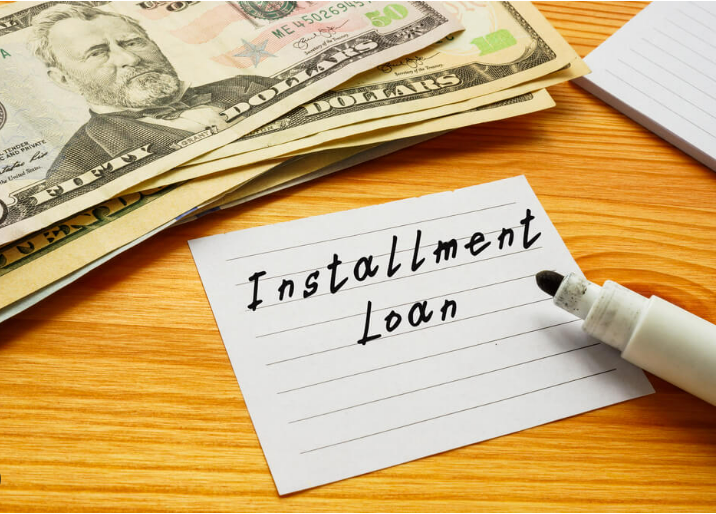The Advantages and Disadvantages of CD Investing


Investing isn’t limited to stocks, bonds, and other financial securities traded in public markets. You can also earn money without the risk of losing any through certificate of deposit (CD) investing.
While CDs may not be the most thrilling investment option, their safety and predictability make them appealing. Whether you’re a risky investor or a conservative one, consider adding CD investing to your portfolio.
Pros of CD investing
1. Safety
CDs from federally insured banks and credit unions are backed by the full faith and credit of the U.S. government, up to $250,000 per depositor, per insured bank, per ownership category.
“The return of your money is more important than the return on your money,” says certified financial planner Buz Livingston of Livingston Financial Planning in Santa Rosa Beach, Florida.
According to the Federal Deposit Insurance Corporation (FDIC), the independent government agency that protects funds deposited in banks, no one has ever lost a single cent invested in FDIC-backed CDs. Even if a financial institution is forced to close, your money is safe up to the insured limit.
2. Better APYs than savings deposits
Because CD account holders can’t withdraw their money at a moment’s notice like savings account holders can, CDs are more valuable to banks than savings deposits. Consequently, banks often offer CD investors a higher yield in exchange for locking up their money for a set term.
With the Federal Reserve maintaining its key borrowing benchmark in the range of 5.25-5.50 percent, investing in CDs remains appealing. The best one-year CDs offer slightly higher yields than the best savings accounts, making it beneficial to lock in a competitive rate with a CD.
3. Fixed, predictable returns
Unlike other types of deposit accounts or investments, fixed-rate CDs provide savers with a specific yield at a predetermined time.
Even if interest rates drop significantly in the broader economy, a fixed-rate CD’s APY will remain constant for the entire term. This guaranteed rate of return simplifies the math, allowing you to easily calculate how much interest you’ll earn by the end of the term, which can be beneficial when planning your finances.
4. Wide selection of terms
CDs come in a variety of maturities and yields from thousands of different banks and credit unions. You can find CDs with terms ranging from one month to 10 years, or even longer. This diverse range of options allows investors to choose a CD that best fits their needs.
Although top CD APYs peaked near the end of 2023, there are still competitive rates available. Savers who invest in CDs now, especially through a CD laddering strategy, can benefit from these high yields.
5. Wide selection of account options
Investors interested in CDs have several unique options to choose from. Some banks offer no-penalty (or liquid) CDs, which are perfect for savers who want to secure a good interest rate with the flexibility to close the account without incurring an early withdrawal penalty.
Other types of CDs include step-up and bump-up CDs, jumbo CDs, and add-on CDs that allow multiple deposits. If a traditional CD doesn’t suit your needs, there may be another option that aligns better with your short-term financial goals.
6. Laddering opportunities
A CD ladder involves opening multiple CDs with varying maturity dates. For example, if you have $5,000, you might allocate $1,000 into each of the following:
- A six-month CD
- A one-year CD
- An 18-month CD
- A two-year CD
- A three-year CD
When these CDs mature, you can reinvest the funds into new CDs. You don’t have to invest equal amounts into each account, especially if shorter-term CDs offer higher APYs compared to longer-term ones. Additionally, you can spread your CDs across different financial institutions to maximize the APY and minimize eligibility requirements and fees.
Cons of CD investing

1. Early withdrawal penalty
One significant drawback of CDs is the difficulty in accessing funds if an unexpected need arises. Typically, withdrawing money early incurs a penalty that can reduce or even negate the interest earned and may also result in the loss of principal.
“During times of uncertainty, liquidity is often paramount. This liquidity could be used for buying opportunities in a distressed market or could even be essential for covering spending needs so that other long-term investments don’t need to be sold,” says Alex Reffett, principal and co-founder of East Paces Group in Atlanta.
While CDs are a good way to earn interest on otherwise idle cash, consumers must balance CD yields and terms against the potential need for liquidity.
One strategy to increase flexibility is to create a CD ladder with CDs of varying maturities. This way, portions of your CD savings will become available at regular intervals.
For example, you could build a CD ladder with three rungs: six months, one year, and two years. The shorter-term CDs provide access to some of your cash sooner, allowing you to take advantage of higher rates in the future. The longer-term CD lets you benefit from the higher yields currently available.
2. Inflation risk
Locking your money in fixed-rate CDs carries the risk of losing purchasing power if inflation outpaces your interest gains.
“You are going to be exposed to inflation any time you lock your money up in a fixed-rate investment,” says Michael Foguth, founder of Foguth Financial Group in Brighton, Michigan.
3. Comparatively low returns
Though CD yields are often more favorable than those of more liquid bank accounts, they are typically lower than returns
Though CD yields are often more favorable than those of more liquid bank accounts, they are typically lower than returns from higher-risk asset classes such as stocks and ETFs. This creates an issue of opportunity risk.
“If something comes along that offers a real opportunity to grow your money and your money is tied up in a CD, then you lose,” says Lamar Brabham, chief executive officer and founder of the Noel Taylor Agency in North Myrtle Beach, South Carolina. “Safety alone is not the only thing to take into consideration.”
Historical CD interest rates have fluctuated over the past 30 years. In the mid-1980s, five-year CDs boasted yields exceeding 11 percent. More recently, rates trended mostly downward, falling to very low levels during the COVID-19 pandemic. However, the Federal Reserve’s aggressive rate hikes between 2021 and 2023 caused rates on competitive CDs to increase considerably.
CD rates can vary significantly among banks, so it pays for investors to shop around. Currently, the average five-year CD earns 1.43 percent APY, while the best five-year CD rates are around three times that.
4. Reinvestment risk
When an investor locks in a CD rate, there’s a chance that when the CD matures, yields may have decreased. If they decide to reinvest, it could be at a lower APY, a situation known as reinvestment risk.
One effective strategy to mitigate reinvestment risk is to create a CD ladder with varying maturities, particularly with shorter-term options. This approach allows investors to benefit from potentially higher rates as their CDs mature.
5. Tax burden
Another drawback for CD investors is the taxes on accrued interest, which can reduce overall yield and lead to cash flow issues.
By being mindful of the tax implications on your savings, you can plan ahead and make necessary adjustments.
Should you get a CD in 2024?
For those hesitant about investing in the stock market or looking to diversify their portfolio, CD investing can be a good option. A CD or CD ladder can help avoid market volatility, appealing to conservative investors who prefer to minimize risk. With current CD rates higher than they have been in recent years, now might be the perfect time to lock in these rates before they potentially decrease.
In Conclusion
Consider the advantages and disadvantages of CDs if you’re seeking a secure place for your funds, and compare the best CD rates offered by different institutions.
No matter the state of the U.S. economy, try not to let fear and anxiety influence your decision about investing in CDs. Instead, focus on your time horizon (how soon you’ll need the money) and your overall financial goals before deciding if a CD is the right choice for you.








